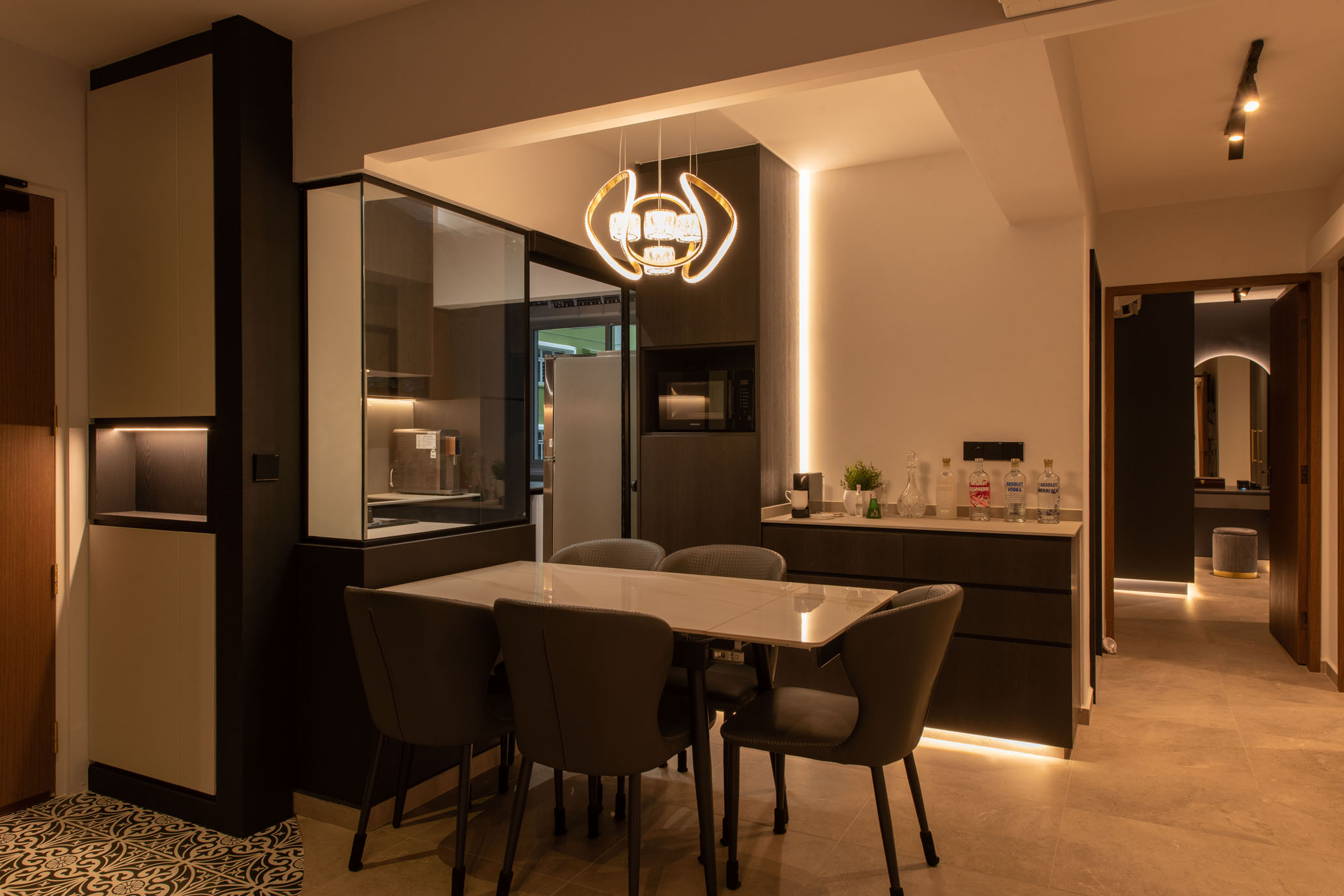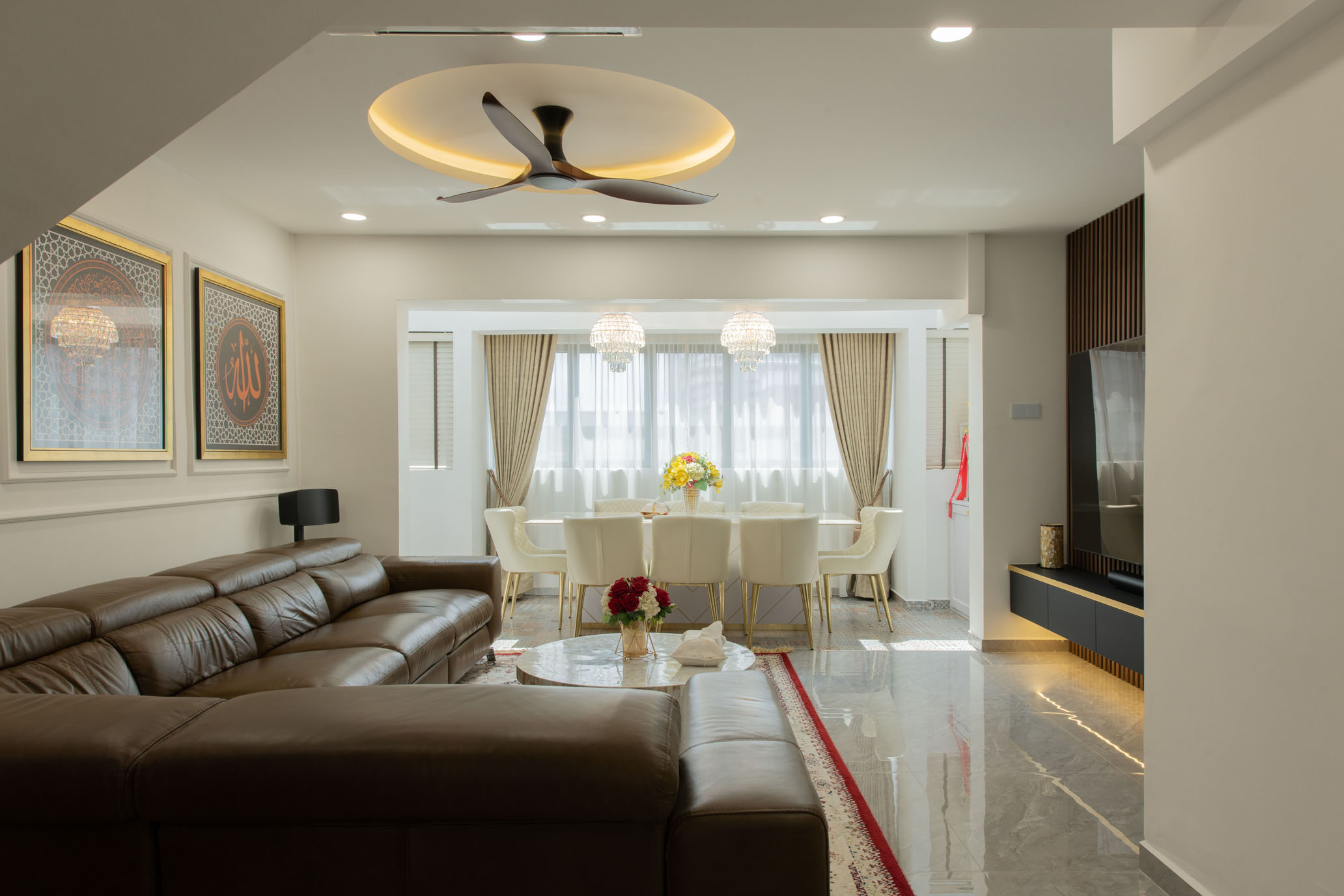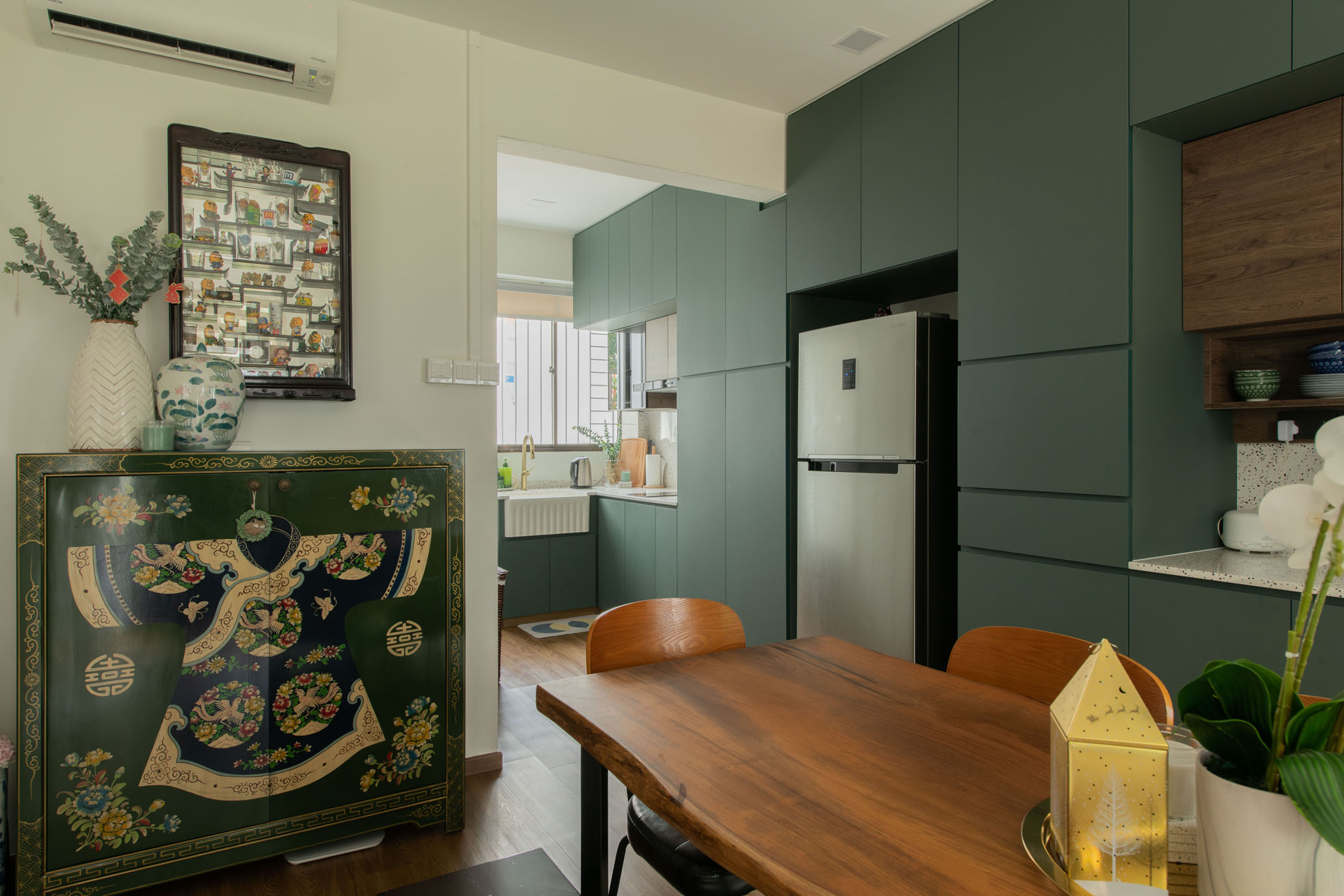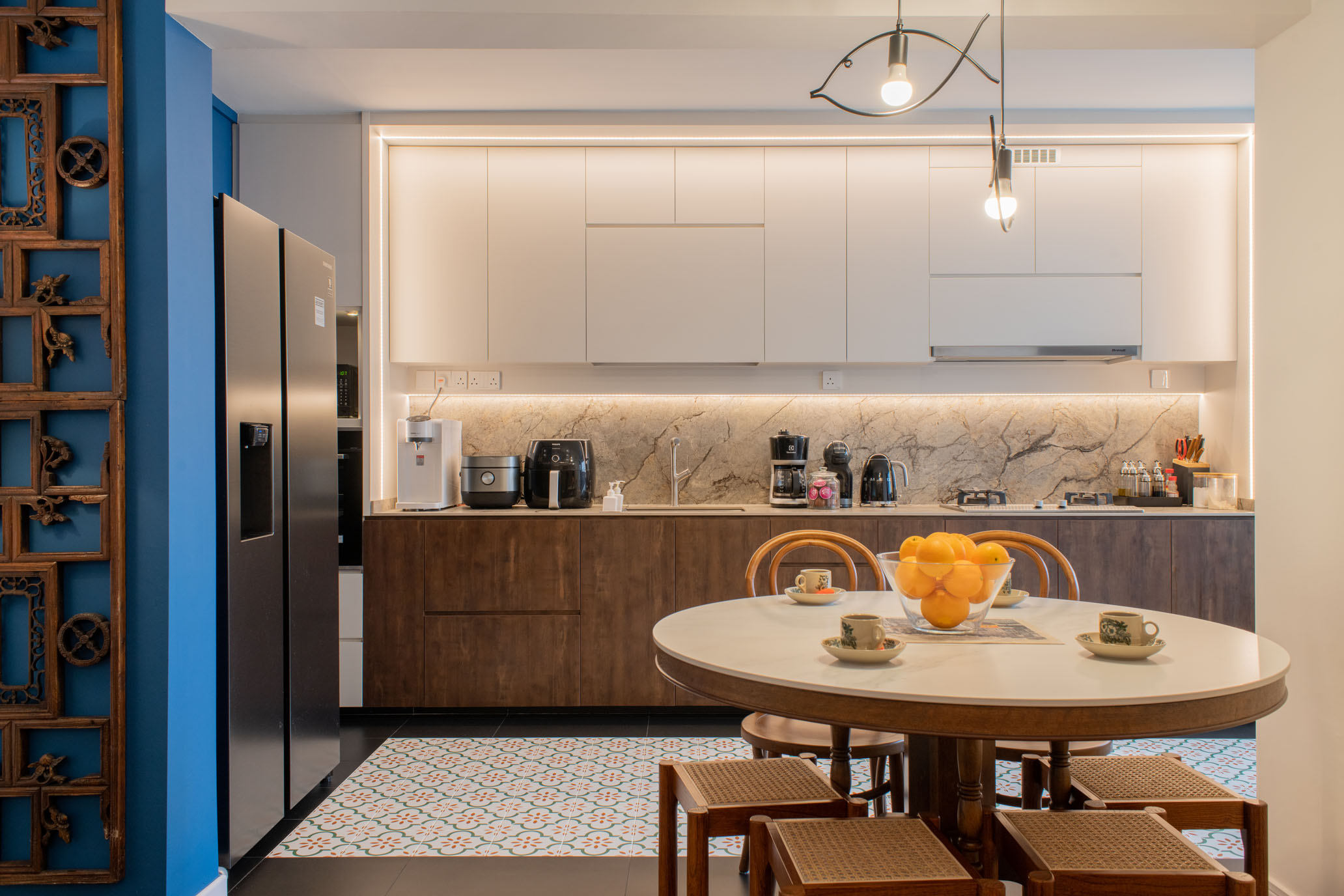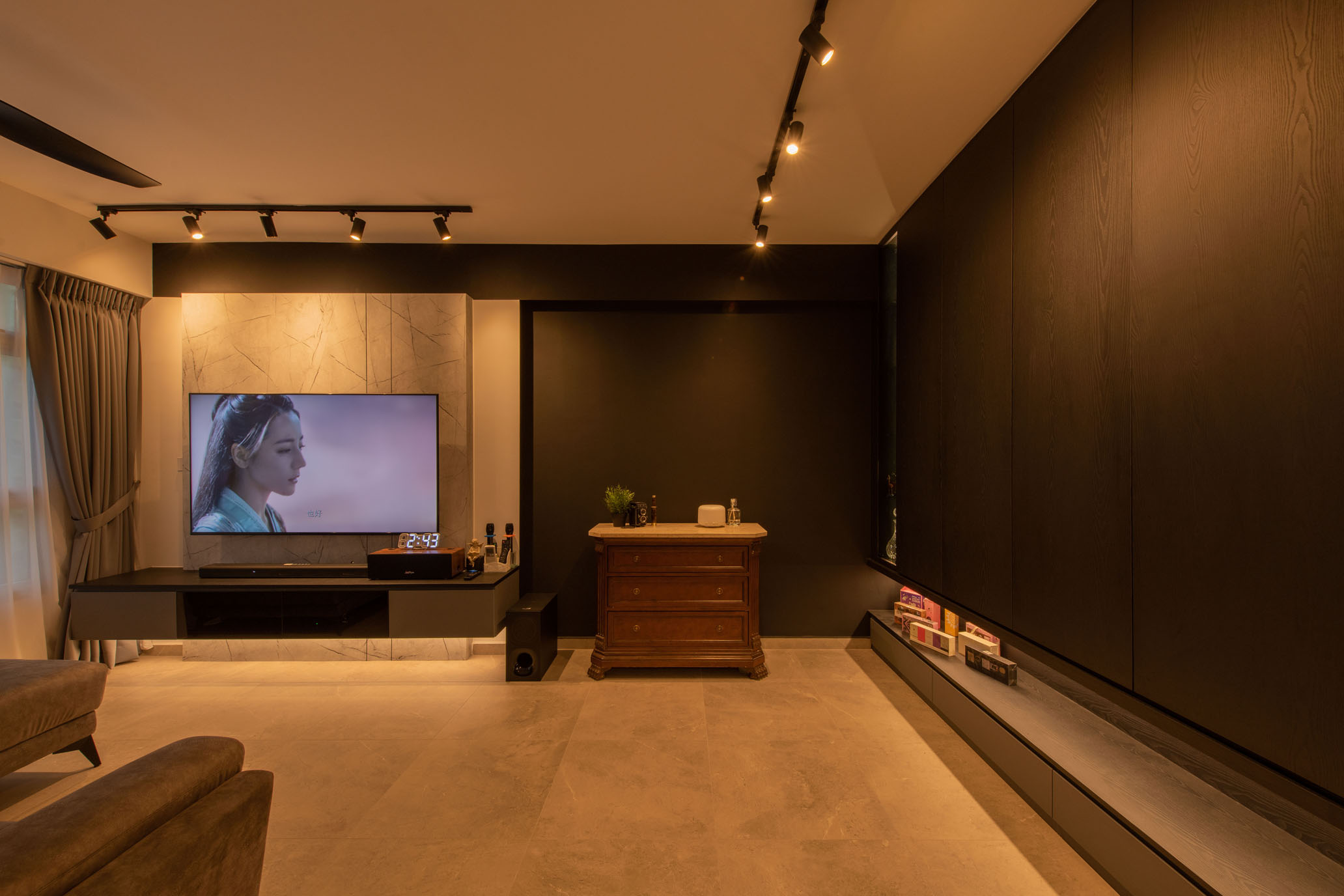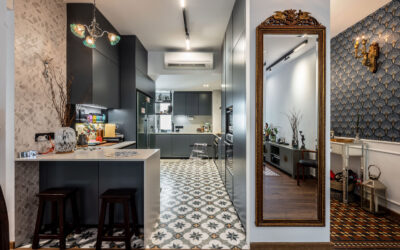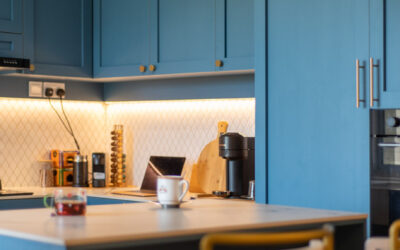Understanding Interior Design Styles
Before diving into the process of discovering your perfect interior style, it’s essential to familiarize yourself with some popular design styles. By understanding the characteristics and features of each style, you’ll be better equipped to identify your preferences and create a cohesive home design.
Traditional Design
Traditional design is characterized by classic elements, intricate details, and a warm, inviting atmosphere. This style often includes rich wood tones, ornate moldings, and plush furnishings. Some sub-styles within traditional design include Victorian, Georgian, and Colonial.
Contemporary Design
Contemporary design is a fluid style that evolves with current design trends. It often incorporates clean lines, minimalism, and neutral color palettes. Furniture pieces in this style are typically sleek and simple, with a focus on function over ornamentation.
Modern Design
Modern design is rooted in the early to mid-20th century and showcases a minimalist approach to design. The style is characterized by clean lines, geometric shapes, and a lack of clutter. Key features include open floor plans, large windows, and an emphasis on natural materials like wood, stone, and metal.
Scandinavian Design
Scandinavian design is a blend of simplicity, functionality, and natural elements. It prioritizes light and space, often featuring white walls, minimalist furniture, and natural materials like wood and leather. This style is known for its focus on comfort and coziness, often incorporating soft textiles and inviting textures.
Industrial Design
Industrial design is inspired by the aesthetics of warehouses, factories, and other urban spaces. This style often features exposed brick walls, metal accents, and reclaimed wood elements. Key characteristics include open floor plans, high ceilings, and an emphasis on raw, unfinished materials.
Bohemian Design
Bohemian design embraces a carefree, eclectic approach to decorating. This style is characterized by a mix of patterns, textures, and colors, often incorporating vintage and global-inspired elements. Key features include lush plants, layered textiles, and a focus on personal expression.
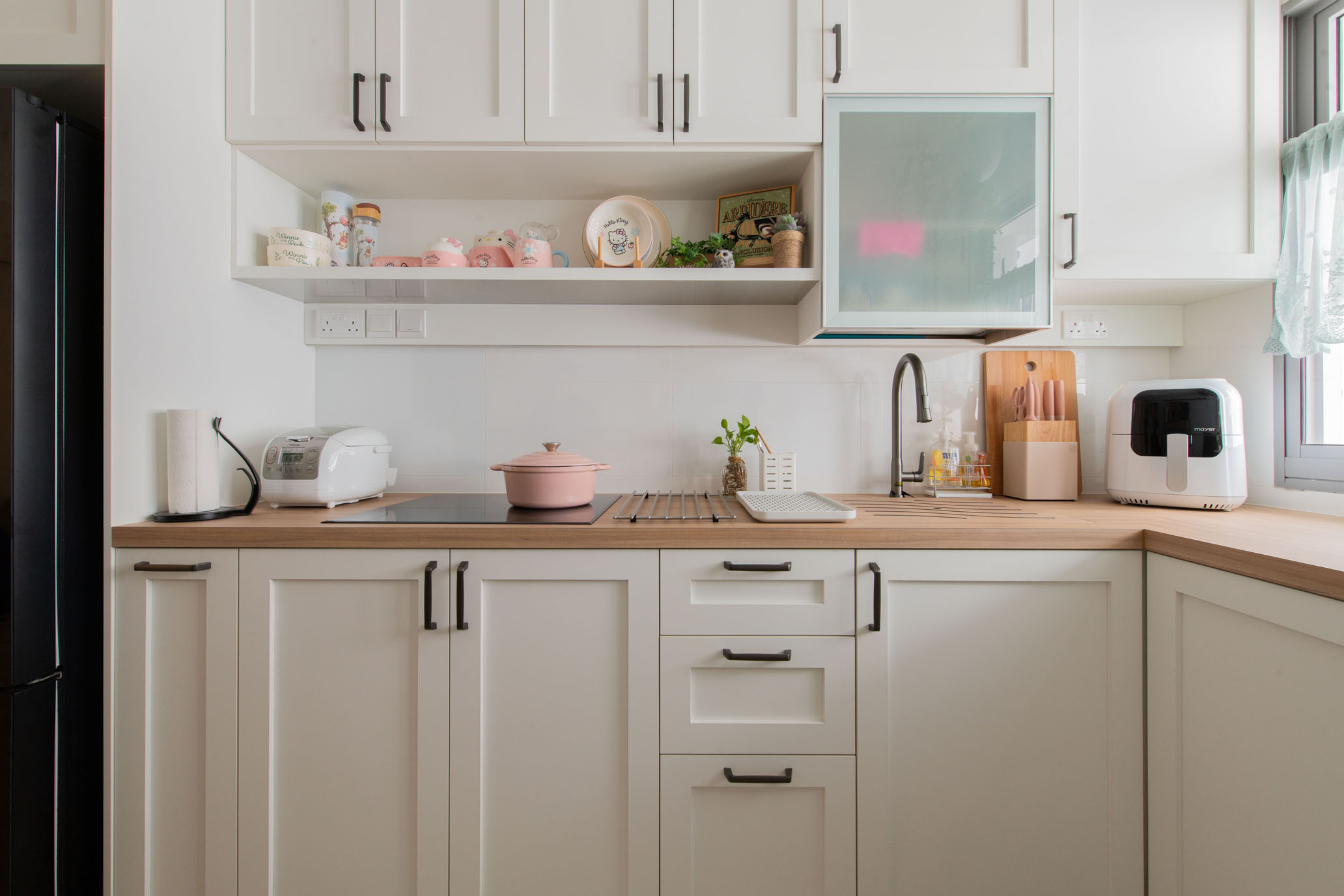
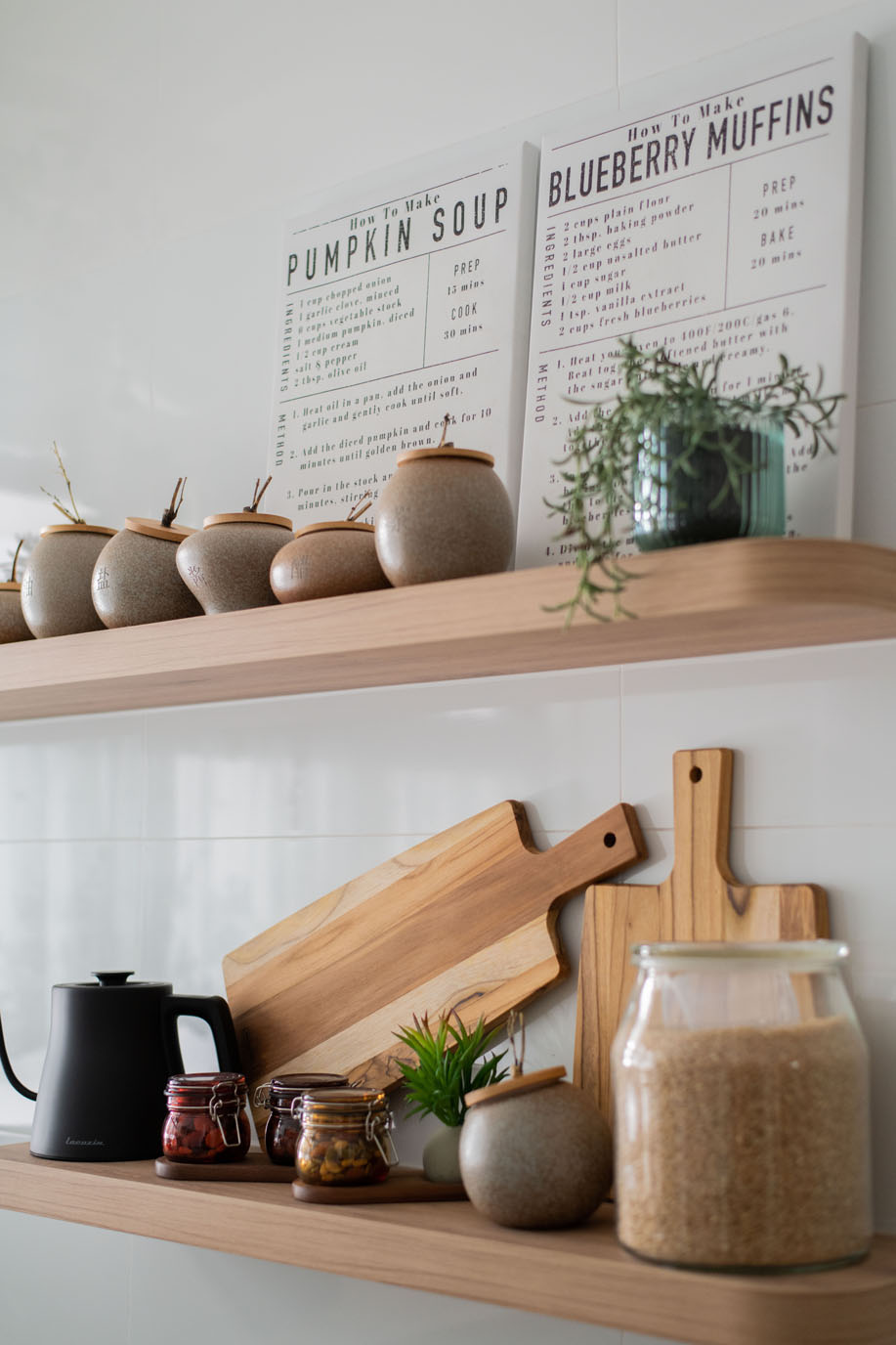
Project: 423A Northshore Crescent
The Importance of Defining Your Interior Design Style
Now that you have a basic understanding of some popular interior design styles, you might wonder why it’s essential to define your preferred style. Identifying your interior design style is crucial for several reasons:
Personal Expression: Your home should be a reflection of your personality, taste, and lifestyle. By defining your interior design style, you can create a space that truly represents you and feels like home.
Cohesion and Harmony: A well-defined design style helps create a sense of cohesion and harmony throughout your home. This consistency in design elements, colors, and materials can make your space feel more polished and put-together.
Decision-Making: Knowing your preferred interior design style can make the decision-making process easier when it comes to selecting furniture, colors, and décor. It can also help you communicate your vision more effectively to design professionals, ensuring a smoother design process.
Can You Combine Multiple Interior Design Styles?
Absolutely! Many people find that they are drawn to elements from multiple design styles. Combining different styles can result in a unique and personalized look for your home. However, it’s important to strike a balance to ensure your space doesn’t feel disjointed or chaotic. Consider adopting a primary style with accents of secondary styles, or blend styles that share complementary elements.
Finding Inspiration for Your Home Design
To help you discover your preferred interior design style, it’s essential to gather inspiration. Here are some ways to find ideas and inspiration for your dream home:
Pinterest: Create a Pinterest board and start pinning images of interiors that catch your eye. Focus on collecting a variety of images, from specific rooms to overall design styles.
Magazines and Books: Browse through interior design magazines and books to find images and ideas that resonate with you. Take notes or snap photos of pages that inspire you.
Social Media: Follow interior designers, home décor retailers, and influencers on social media platforms like Instagram and Facebook to stay updated on current design trends and ideas.
Real-Life Experiences: Visit show homes, open houses, or friends’ homes to see different design styles in person. Take note of elements that stand out to you and any feelings or emotions the spaces evoke.
How to Identify Your Preferred Interior Styles
Once you’ve gathered a substantial amount of inspiration, it’s time to analyze your findings and identify common themes or elements. Here are some steps to help you pinpoint your preferred interior design style:
Review Your Collection: Look through your Pinterest board, magazine clippings, and other gathered inspiration. Take note of any recurring themes, colors, materials, or design elements.
Choose Your Keywords: Based on your observations, choose two to three keywords that best describe the desired feeling or atmosphere of your home. These words will act as a guide when evaluating design choices.
Categorize Your Preferences: Determine whether your preferences align more with traditional or contemporary design, and identify any sub-styles that resonate with you.
Narrow Your Focus: If you find yourself drawn to multiple design styles, try to narrow your focus by considering which styles you can see yourself living with long-term. Remember that you can still incorporate elements of other styles to create a unique and personalized look.
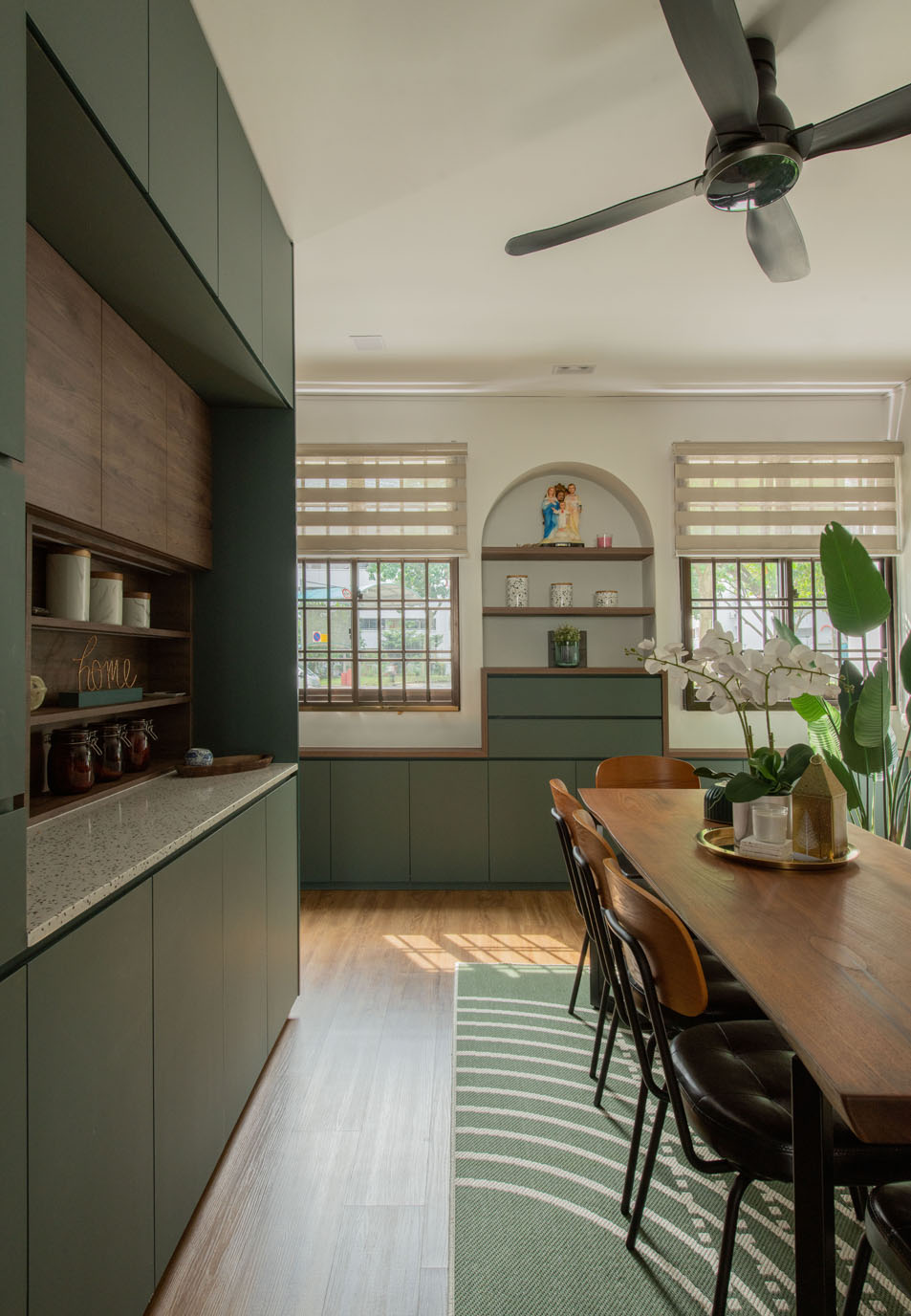
Project: 274 Toh Guan Road
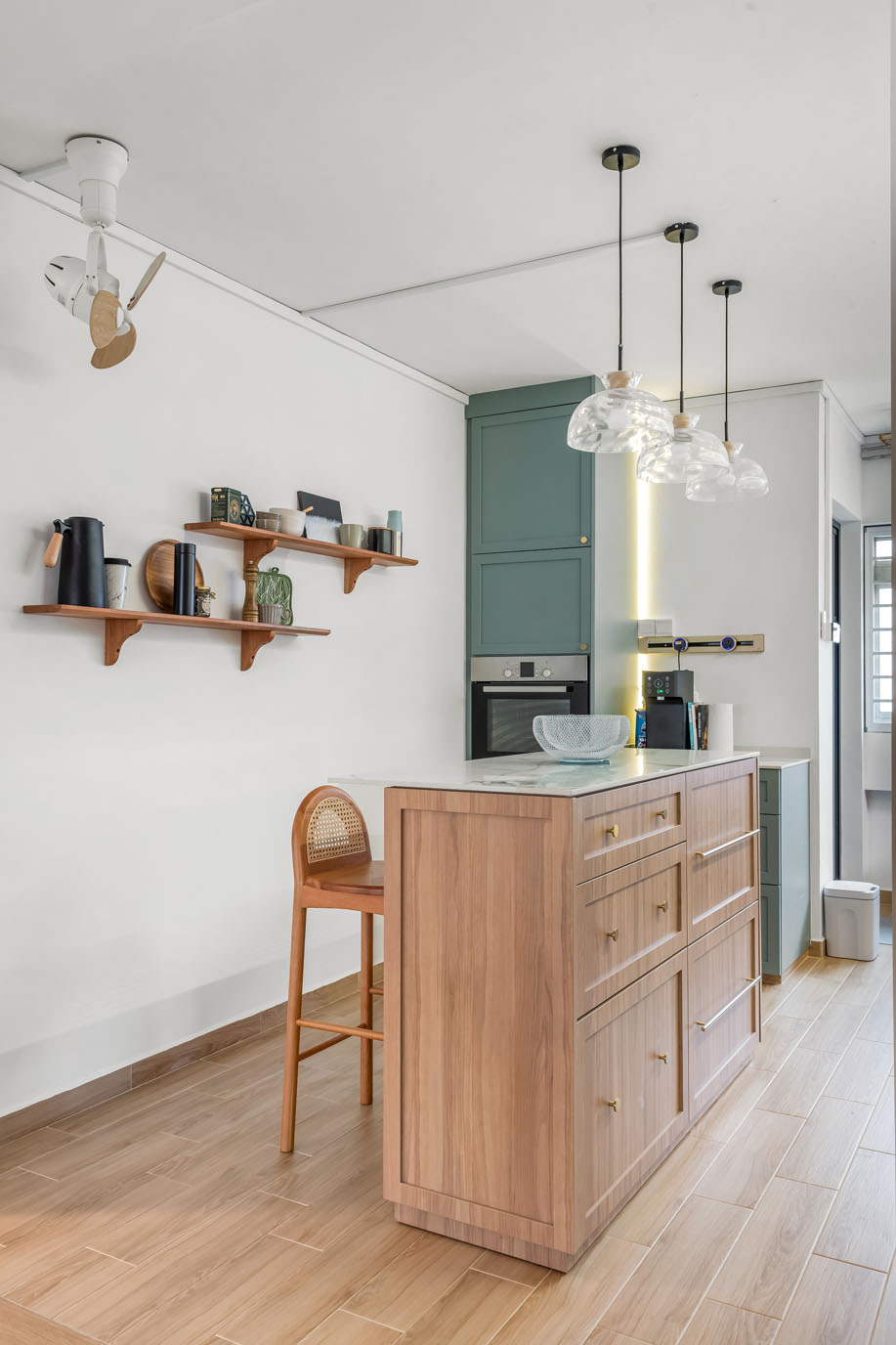
Project: 544 Choa Chu Kang St 52
Creating a Mood Board for Your Dream Home
Once you’ve identified your preferred interior design style, it’s time to create a mood board to visualize your dream home. A mood board is a collage of images, colors, materials, and textures that represent your design vision. You can create a physical mood board using magazine clippings, fabric swatches, and paint samples, or use digital tools like Canva or Photoshop to create a digital mood board.
Here are some tips for creating an effective mood board:
Include a Variety of Elements: Incorporate images of furniture, lighting, textiles, and accessories that align with your chosen design style.
Focus on Key Spaces: If you’re overwhelmed by the idea of designing your entire home, start by creating mood boards for key spaces like the living room, kitchen, or bedroom.
Use Your Keywords: Keep your chosen keywords in mind as you select images for your mood board. This will help ensure your design choices align with your desired atmosphere and style.
Refine and Adjust: As your design vision evolves, don’t be afraid to modify your mood board. Add new images or remove those that no longer resonate with you.
Can You Combine Multiple Interior Design Styles?
Absolutely! Many people find that they are drawn to elements from multiple design styles. Combining different styles can result in a unique and personalized look for your home. However, it’s important to strike a balance to ensure your space doesn’t feel disjointed or chaotic. Consider adopting a primary style with accents of secondary styles, or blend styles that share complementary elements.
Implementing Your Chosen Interior Design Style
With your mood board as a guide, you’re now ready to start implementing your chosen interior design style in your home. Here are some tips for bringing your design vision to life:
Start with a Solid Foundation: Begin by selecting key furniture pieces and foundational elements like flooring, wall colors, and window treatments that align with your design style.
Incorporate Accents: Add accessories, textiles, and décor items that complement your chosen style. These finishing touches can help tie your space together and create a cohesive look.
Mix and Match: If you’re incorporating multiple design styles, be mindful of balance and harmony. Aim to blend styles seamlessly by choosing elements that share common characteristics or color palettes.
Be Patient: Designing your dream home takes time, so be patient and allow your space to evolve naturally. Don’t rush into purchasing items that don’t align with your design vision, and remember that it’s okay to make changes as your preferences and style evolve.
Tips for Staying True to Your Interior Design Style
As you work on implementing your chosen interior design style, here are some tips to help you stay true to your vision and create a cohesive, harmonious space:
Refer to Your Mood Board: Regularly consult your mood board to ensure your design choices align with your initial vision.
Stick to Your Keywords: Keep your chosen keywords in mind when making design decisions, and ask yourself if each choice aligns with your desired atmosphere and style.
Trust Your Instincts: Listen to your gut when making design choices. If something doesn’t feel right, trust your instincts and explore alternative options.
Be Open to Evolution: Remember that your design preferences and style may evolve over time. Be open to change and allow your home to grow and adapt along with you.
Conclusion
If you’re feeling overwhelmed or unsure about your design choices, consider working with us @ The Dreamer Home, we are a professional interior designer with styling your home in mind. We can help guide you through the design process, offering valuable insights and suggestions to bring your vision to life. Be prepared to share your mood board, keywords, and any inspiration you’ve gathered to ensure they understand your design goals.
Every interior design journey is unique, and there’s no one-size-fits-all approach to creating the perfect home. Embrace your individuality and trust your instincts as you explore different interior styles and design elements. Remember that your home should be a reflection of you, so don’t be afraid to experiment and create a space that truly feels like home.
Contact us today to schedule a consultation with our interior designer.

